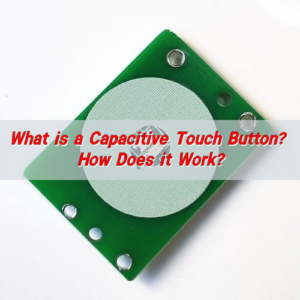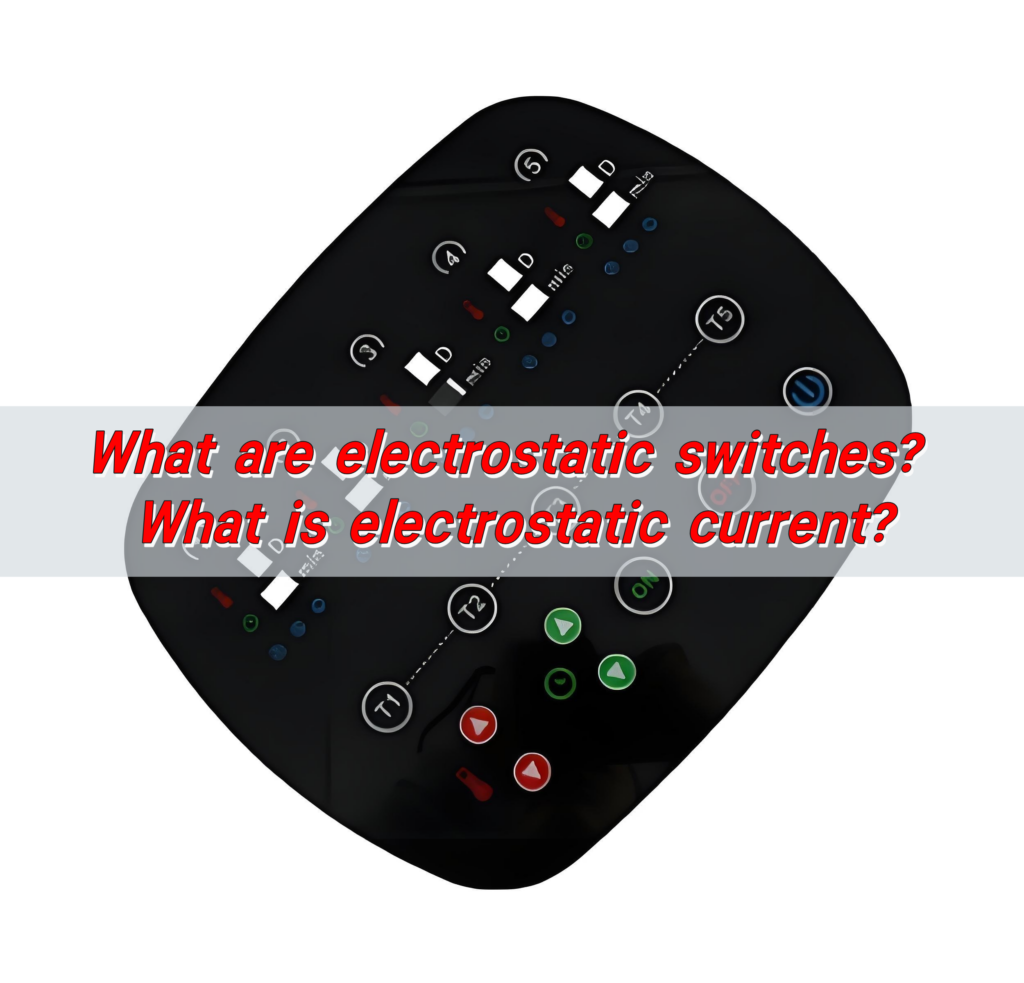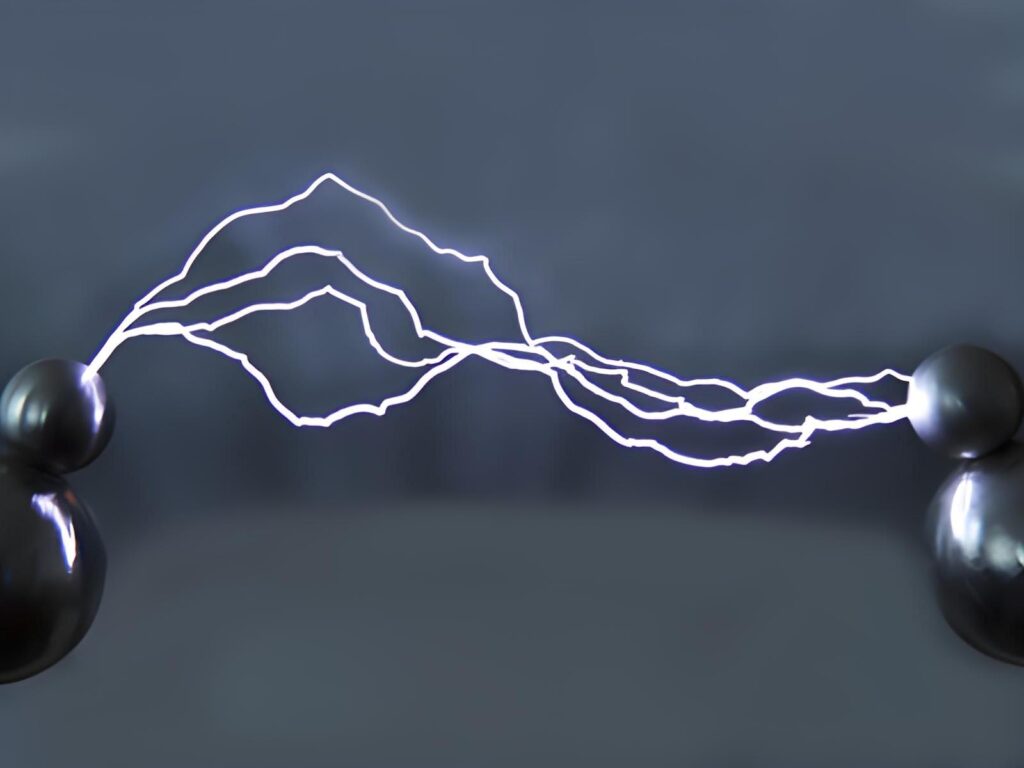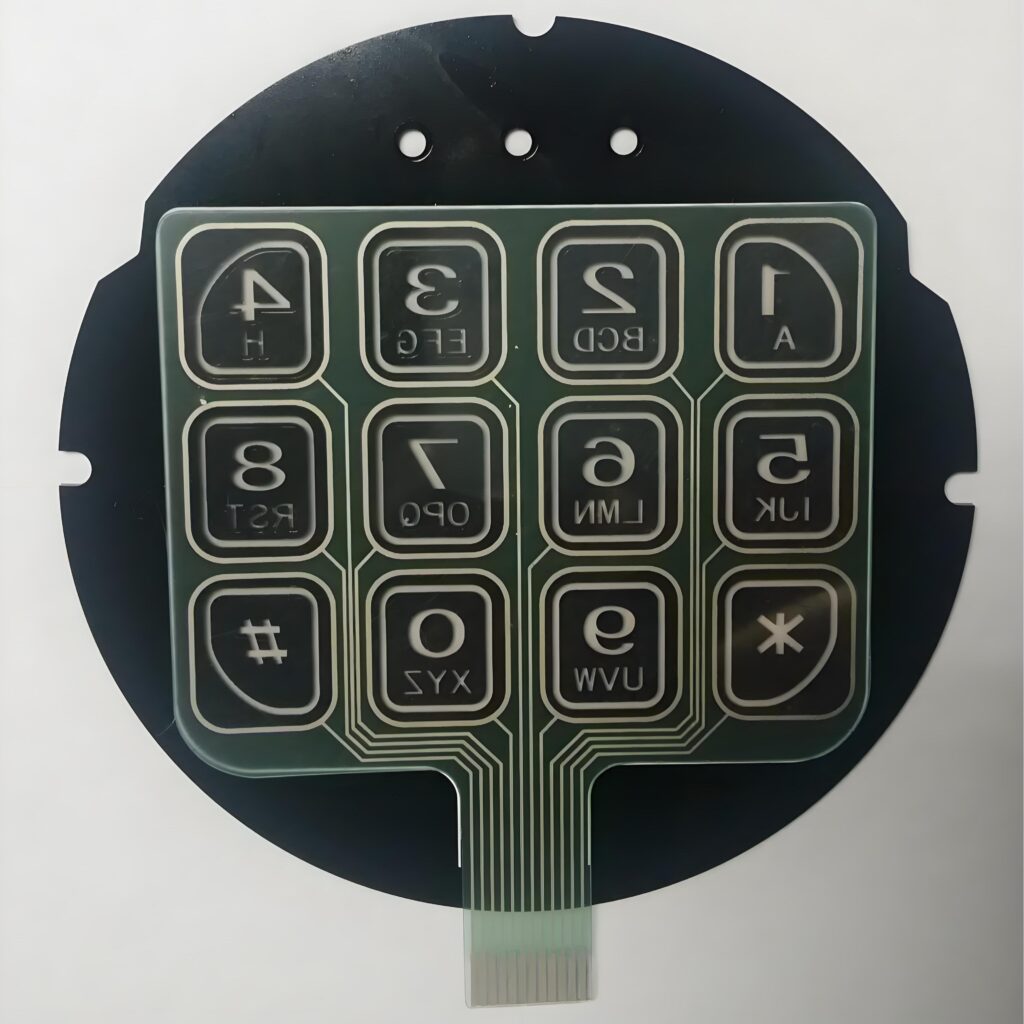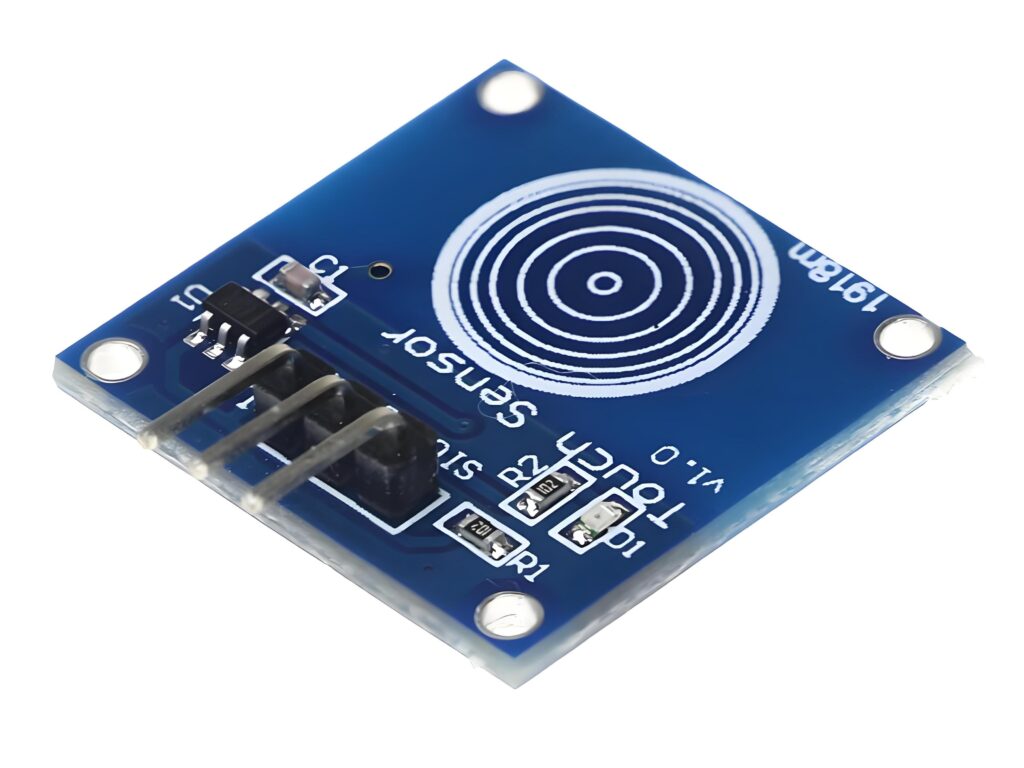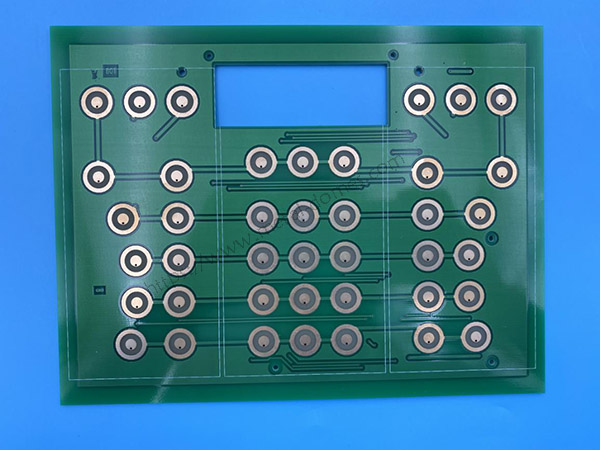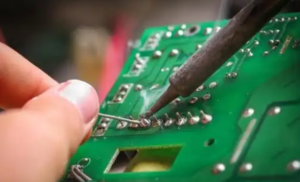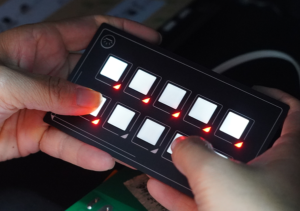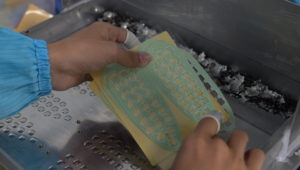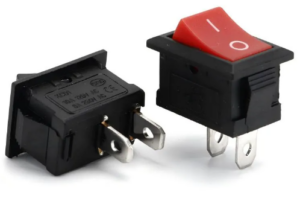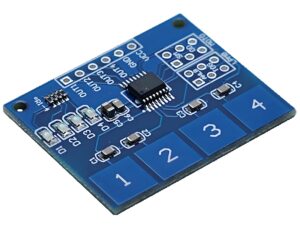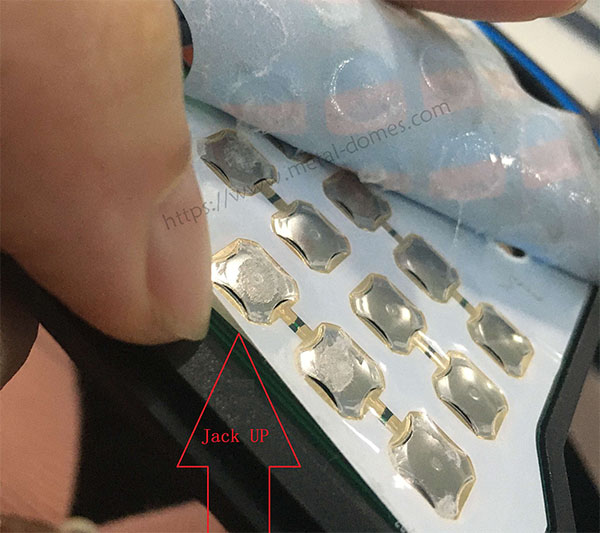Electrostatic switches are an electronic switch that works by using electrostatic induction or capacitance effect. It controls the switching state of the circuit by sensing the change of the electrostatic field. When a finger or object approaches the touchpad, it senses the change of the electrostatic field. The capacitor on the touchpad converts this change into an electrical signal, which is processed by the signal processing circuit and finally controls the switching state of the circuit.
Electrostatic current refers to the short-term current generated by electrostatic discharge. Static electricity is the phenomenon of charge accumulation on the surface of an object or in space. When charge accumulates on an object or on the surface, static electricity is formed. When an object with static electricity contacts a zero potential object (such as a grounded object) or an object with a potential difference with it, the charge is transferred to form a short-term current. This is the phenomenon of electrostatic discharge.
What is electrostatic electricity?
Electrostatic electricity is the build-up of electric charge on the surface of objects. It happens when two materials come into contact and electrons are transferred from one to the other. This imbalance causes an invisible force—electrostatic energy—that can stay on an object until it’s discharged.
Electrostatic energy stores in objects, creating potential for interaction. When used properly, this energy can be harnessed in highly responsive systems like electrostatic capacitive switches, electrostatic actuators switches, and electrostatic switch keyboards. In these applications, a small movement or change in charge can activate a command without any physical pressure.
What is electrostatic current?
Unlike traditional electric current, which flows steadily through a conductor, electrostatic current is not about continuous movement. Instead, it refers to a sudden discharge of stored static electricity. This release happens when a charged surface finds a pathway to neutralize itself.
In electrostatic switches, this momentary discharge is key. These switches don’t rely on constant flow. They react to capacitive changes—tiny shifts in electric fields caused by touch or movement.
How to lube electrostatic capacitive switches?
While these switches don’t have traditional moving parts, they do include domes and sliders that can benefit from gentle lubrication. This reduces friction and creates a smoother feel during typing.
Disassemble the keyboard carefully. Make sure you’re grounded to avoid damaging the capacitive components with static.
Identify the sliders and stabilizers. These are the parts that move when you press a key.
Use a thin layer of dielectric-safe lubricant. Avoid overapplying—it can affect actuation sensitivity.
Reassemble and test. The difference in smoothness can be significant.
Lubing won’t make them louder or more tactile, but it enhances the consistency and feel. For many, this is the secret to an ultra-premium typing experience.
How do electro capacitive switches work?
Electro capacitive switches operate on a stunningly clever principle. They don’t rely on metal contacts touching. Instead, they sense changes in capacitance—how much charge can be held in a space between two conductive surfaces.
When you press a key, the dome collapses and changes the distance between conductive pads. This shift changes the capacitance. The system detects this and sends a signal.
Since there’s no physical contact needed, there’s less wear, more reliability, and a longer lifespan. These switches are built to last.
How does a capacitive touch switch work?
Like electro capacitive switches, they sense changes in capacitance. When you touch the surface, your finger (which conducts electricity) changes the local electric field. This disturbance is detected and interpreted as a command.
There are no moving parts. No clicks. Just smooth, clean input. It’s why many use them in modern electrostatic light switches, electrostatic inductive touch switches, and even electroswitch systems for smarter homes and workspaces.
What are the pros and cons of capacitive touch?
Capacitive touch systems offer major advantages—but also a few limitations.
Pros:
Durability – With no mechanical parts to wear out, they can last millions of touches.
Easy to clean – Flat surfaces mean no gaps for dust or grime.
Modern aesthetics – Sleek and minimal.
Precision – Very accurate response to touch.
Versatile – Can work through glass, plastic, or acrylic covers.
Cons:
False triggers – May respond to accidental touches or moisture.
Gloved hands – Less responsive unless the glove conducts electricity.
Complex circuitry – Requires more sensitive electronic design.
Still, the pros often outweigh the cons. Especially in environments where durability and ease of use matter, electrostatic actuation switches or capacitive touch systems shine.
Which type of switch is better?
This depends on your needs. If you’re after speed, precision, and silence, electrostatic capacitive switches offer a winning edge. They’re ideal for heavy typing, gaming, or sterile environments where mechanical noise and wear could be a problem.
Mechanical switches, on the other hand, provide tactile feedback and that iconic “click.” Some prefer this, especially for gaming or sensory satisfaction.
But when it comes to longevity, clean design, and low maintenance, electrostatic switches stand out. Their performance feels refined—like using a luxury tool.
What is capacitive switch vs mechanical switch?
Mechanical switches use physical contact between metal parts. When pressed, the parts touch, complete a circuit, and register a signal. They make noise and can wear out over time.
Capacitive switches use no such contact. Instead, they sense the electric field between layers. Pressing changes that field, triggering a response without metal-to-metal contact.
Because of this, electrostatic capacitive type level switches and similar devices are often quieter, longer-lasting, and less prone to dirt or corrosion. They’re favored in professional-grade equipment and luxury keyboards alike.
What is the most durable type of switch?
While many switches claim long life, electrostatic capacitive switches rank among the most durable. Why? No friction. No wear. The key doesn’t slam a contact plate—it merely moves a dome that changes a field. They’re built for millions of actuations and keep going strong.
Mechanical switches may last 50 million presses. Capacitive ones? They often exceed that. And because they don’t degrade from physical contact, their performance remains consistent year after year.
Conclusion:
Electrostatic switches are more than just a new trend. They represent a leap forward in control, comfort, and precision. With no metal contacts to wear down, and powered by the subtle shifts of electrostatic electricity, they offer a quiet, refined user experience.
Still have questions or want premium switch solutions? We’re here to help. Contact us anytime at sales@metal-domes.com—we’d love to talk switches with you.


